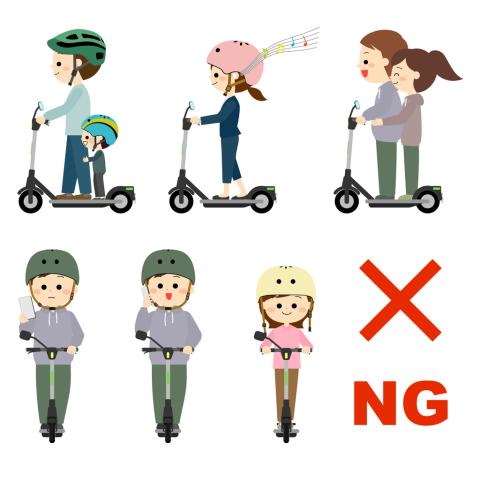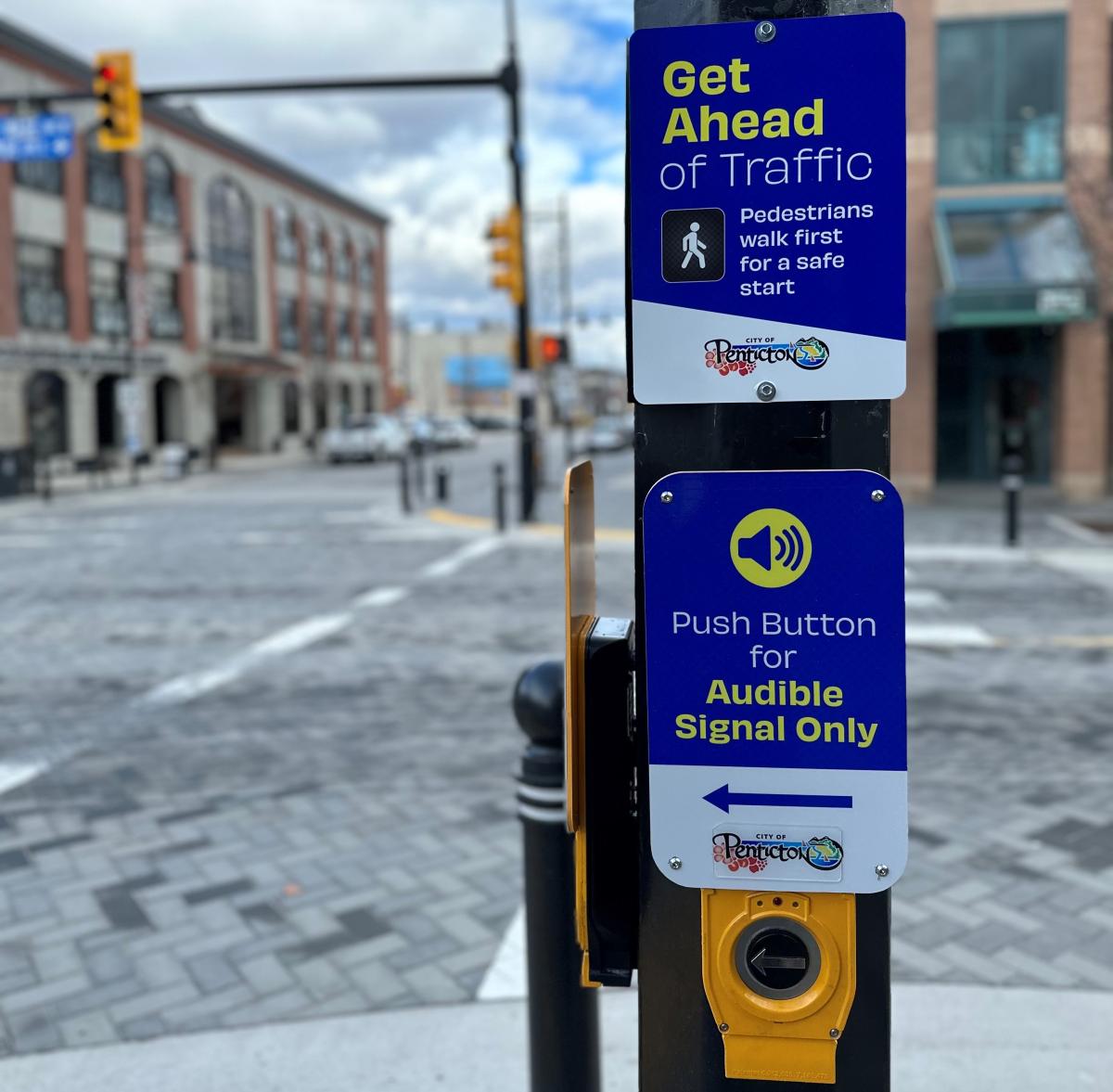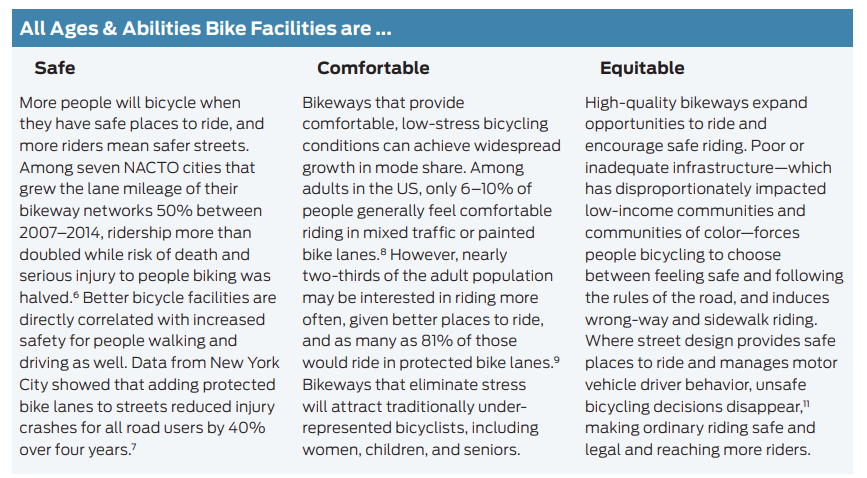Our bike-friendly city is home to a growing network of paths and routes that will connect you to lakes, parks, schools and businesses. Thanks to Penticton's compact geography, combined with great weather for most of the year, cycling is an ideal way to move around the community.
The Lake to Lake Route is now complete, providing a 6 km protected bike lane through the centre of the city, intended to make cycling convenient and safe for residents of all ages and abilities. Also visit our Trails page to scope out your off-road routes.
By the Numbers
Cycling continues to climb each year as a desirable mode of transportation in Penticton. In fact, we have seen 20-30% growth annually on the Lake to Lake Route since the first section was complete.
Share the Path
Many of the citywide trails, including the promenades along Skaha and Okanagan lakes, the KVR trail and other park paths, are designated as multi-use pathways and may be used by anyone walking, riding or rolling.
When using these paths on a bicycle, skateboard or scooter, reduce your speed and take extra care around pedestrians. Use a bell, horn or your voice to announce your presence before passing. Anyone walking is also reminded to be aware of their surroundings and share the space.













